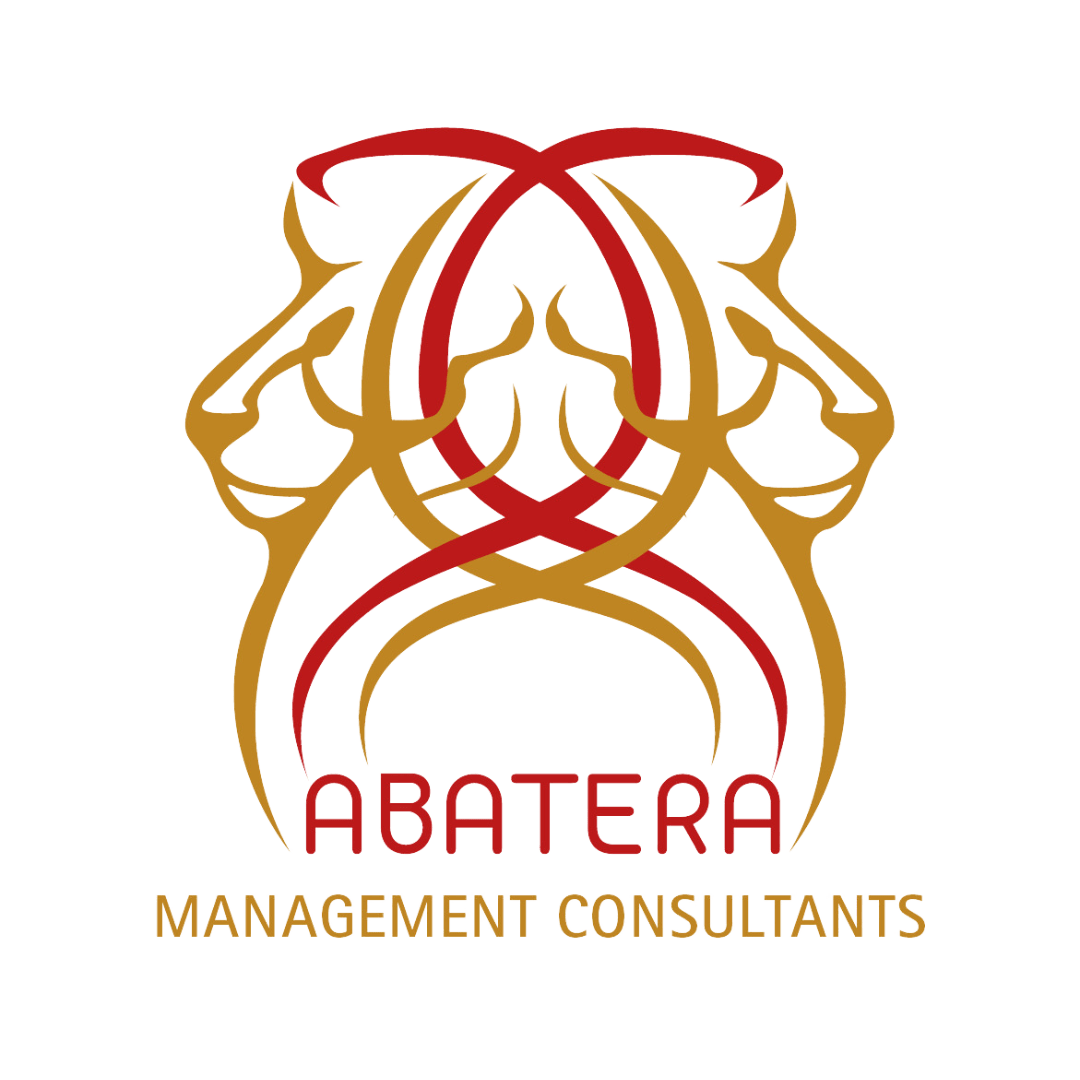
As an SME in the UAE, managing your cash flow efficiently is key to staying afloat and thriving in a competitive market. Poor cash flow is one of the leading reasons businesses struggle, but with the right strategies, you can keep your finances on track and maximize your cash flow potential.
1. Speed Up Your Invoice Process and Payment Collection
One of the simplest ways to improve cash flow is to get paid faster. Small business owners in the UAE often face delays in payments, which can hurt their finances. Ensure that your invoicing process is clear, professional, and timely.
Tips for improving cash flow:
- Send invoices immediately after services or products are delivered.
- Include clear payment terms (e.g., 30-day payment terms).
- Offer early payment discounts to encourage clients to settle their dues quicker.
2. Optimize Your Inventory Management
Carrying excess stock ties up cash that could be used for other needs. An effective inventory management system can help free up cash.
Key tips for inventory management:
- Regularly audit stock levels.
- Use inventory software to track your stock and reduce excess inventory.
- Avoid overstocking by only purchasing what you need based on demand.
3. Use Trade Credit to Your Advantage
Building strong relationships with suppliers can allow you to use trade credit — giving you more time to pay your suppliers without affecting your cash flow. It’s a smart way to keep your business running smoothly, especially when you need extra time to manage cash.
Benefits of trade credit:
- Extend payment terms with suppliers.
- Manage inventory without upfront cash payments.
4. Explore Short-Term Financing Options
If you’re facing cash flow problems, short-term funding options like business loans or lines of credit can provide the cash needed to cover operational expenses. In the UAE, there are several government-backed schemes and private institutions offering financing solutions to SMEs.
Types of funding to consider:
- Business loans or overdrafts for cash flow management.
- Government initiatives to support SMEs in UAE.
- Lines of credit to manage cash flow cycles.
5. Maintain a Regular Cash Flow Forecast
Creating a cash flow forecast is one of the best ways to track the health of your business finances. A good forecast helps you predict income and expenses, so you can plan ahead and avoid cash flow issues.
How to forecast your cash flow:
- Estimate your monthly income and expenses.
- Factor in future business needs and potential seasonal changes.
- Review and update your forecast regularly to ensure accuracy.
6. Negotiate Better Payment Terms with Clients and Suppliers
Negotiating payment terms with both clients and suppliers can have a major impact on your business’s cash flow. Consider negotiating for shorter payment terms with clients and longer ones with suppliers. It can provide breathing room to manage day-to-day operations.
Effective negotiating tips:
- Offer discounts for early payments.
- Ask suppliers for extended payment terms.
- Streamline your invoicing process to reduce delays.
Conclusion: Take Charge of Your Cash Flow
By implementing these cash flow management strategies, you can ensure that your SME in the UAE remains financially stable and ready to seize new opportunities. Remember, strong cash flow means more flexibility, the ability to scale, and the power to navigate business challenges with confidence.
If you’re looking for expert assistance in managing your cash flow problems or need help with financing options for your business in the UAE, reach out to Abatera Management Consultants today! We provide tailored solutions to help your business stay profitable and grow.
